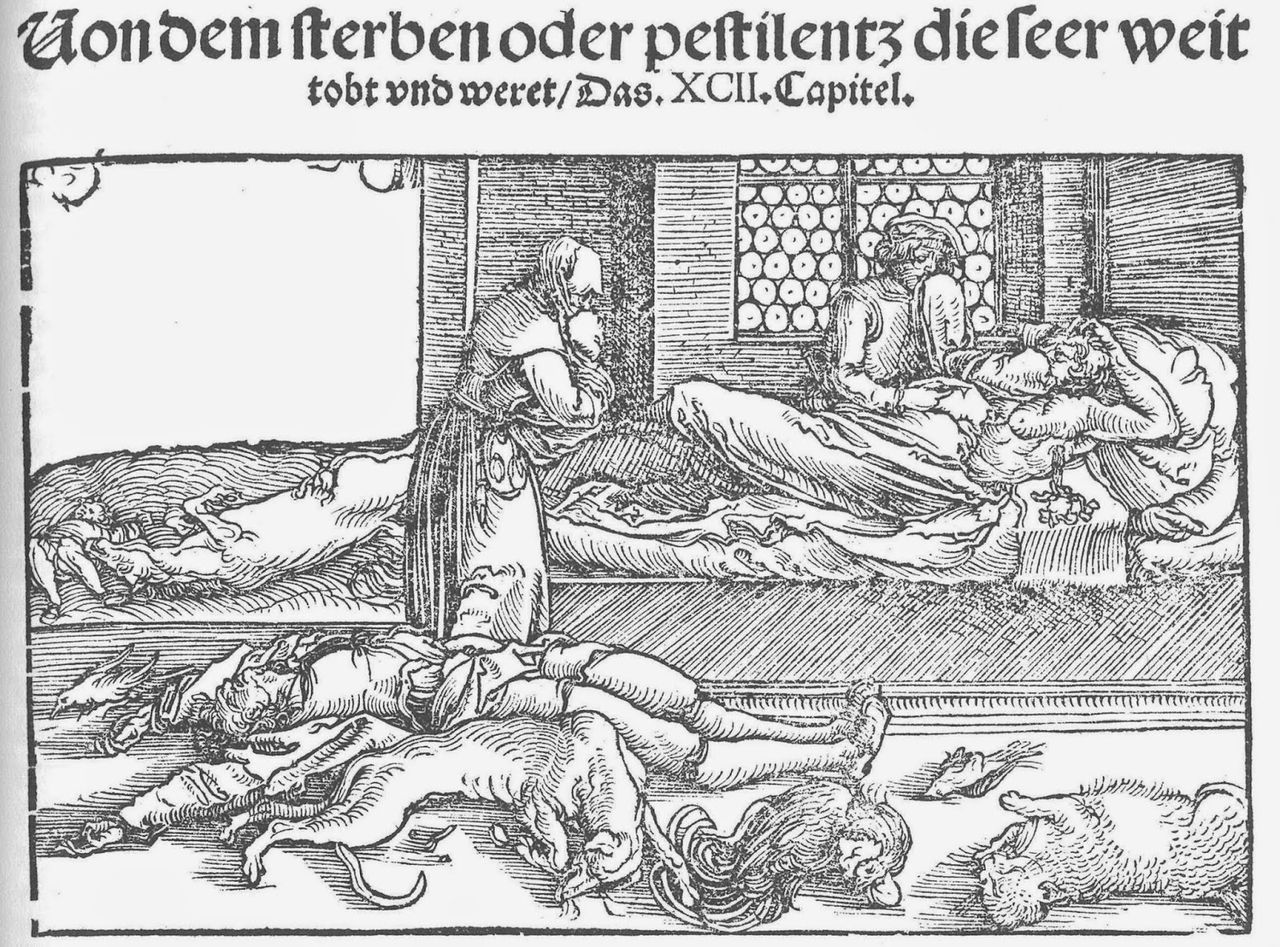Attachments
Note: Not all attachments are visible to the general public. Research URLs will go live after the embargo ends.

Research
Springer Nature, Web page
Please link to the article in online versions of your report (the URL will go live after the embargo ends).
Journal/
conference: Nature
conference: Nature
Research:Paper
Organisation/s:
Curtin University, University of Copenhagen, Denmark
Funder:
The Lundbeck Foundation GeoGenetics Centre is supported by the
Lundbeck Foundation (grant nos. R302-2018-2155, R155-2013-16338), the Novo Nordisk
Foundation (grant no. NNF18SA0035006), the Wellcome Trust (grant no. UNS69906),
Carlsberg Foundation (grant no. CF18-0024), the Danish National Research Foundation
(grant nos. DNRF94, DNRF174), the University of Copenhagen (KU2016 programme) and
Ferring Pharmaceuticals A/S to E.W. Extra support was provided by Germany’s Excellence
Strategy (EXC-2077), project no. 390741603 ‘The Ocean Floor – Earth’s Uncharted Interface’.
We thank A. Razeto and P. Selmer Olsen, for administrative and technical assistance. We
thankfully acknowledge Illumina Inc. for collaboration. E.W. thanks St. John’s College,
Cambridge, for providing a stimulating environment of discussion and learning. This work
was further supported by the Swedish Foundation for Humanities and Social Sciences grant
(Riksbankens Jubileumsfond grant no. M16-0455:1) to K.K. M.S. was supported by Maritime
encounters, Riksbankens Jubileumsfond, grant no. M21-0018. M.E.A. was supported by Marie
Skłodowska-Curie Actions of the EU (grant no. 300554), The Villum Foundation (grant no.
10120) and Independent Research Fund Denmark (grant no. 7027-00147B). G.S. is supported
by the Marie Skłodowska-Curie Individual Fellowship ‘PALAEO-ENEO’ (grant agreement
number 751349). H.S. was supported by a Carlsberg Semper Ardens grant (no. CF19-0601)
and a European Research Council (ERC) Consolidator Grant (grant no. 101045643). F.R. is
supported by a Villum Young Investigator Grant (project no. 00025300), a Novo Nordisk
Fonden Data Science Ascending Investigator Award (grant no. NNF22OC0076816) and by the
ERC under the European Union’s Horizon Europe programme (grant agreement nos. 101077592
and 951385). F.V.S. was supported by the Lundbeck Foundation (grant no. R322-2019-2610).
N.O., R.Å., L.H. and B.N. are financially supported by Knut and Alice Wallenberg Foundation as
part of the National Bioinformatics Infrastructure Sweden at SciLifeLab. A.K.N.I. and L.F. thank
the OAK Foundation.



 Australia; International; WA
Australia; International; WA


